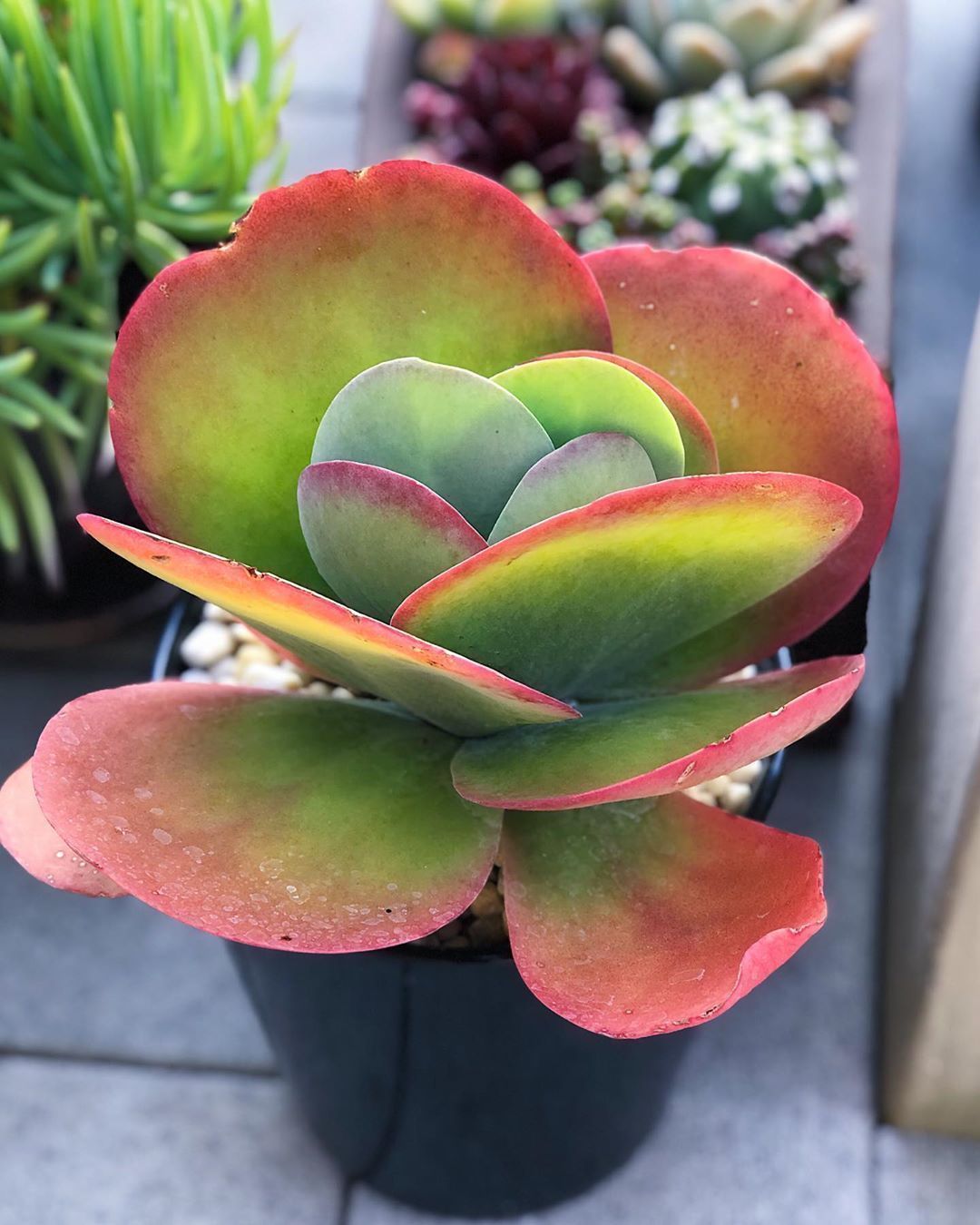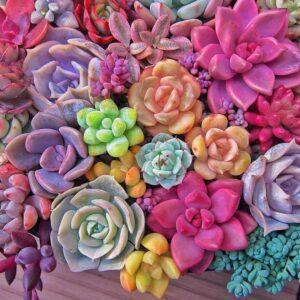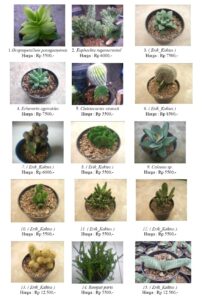Euphorbia and Kalanchoe succulents are like two talented artists showcasing their distinct styles on the canvases of arid landscapes. Both belong to the vast family of succulent plants but possess unique traits and care requirements that set them apart. Understanding these differences is not just an endeavor for plant enthusiasts—it’s a journey into the intricate world of succulent biology and aesthetics.
To appreciate their contrasts, let’s delve into their characteristics, care tips, and how they can play a role in transforming any garden or indoor space into a botanical masterpiece.
The Artistic Palette of Euphorbia Succulents
Euphorbia, often overshadowed by the more famous cactus, embodies a diversity that can ignite the imagination. There are around 2,000 species, ranging from the whimsical Euphorbia tirucalli—known as the Pencil Plant—to the striking Euphorbia milii, or Crown of Thorns. The variability in form allows Euphorbia to offer an intriguing visual language, speaking fluently through shapes, sizes, and textures.
A significant aspect of Euphorbia is its milky sap, which can be a defensive mechanism against herbivores. This trait, while fascinating in its own right, necessitates caution, as the sap can be irritating to the skin and toxic if ingested. Therefore, it’s wise to admire their beauty from a respectful distance and observe proper handling guidelines during care.
Cultivating Euphorbia: The Essentials
When nurturing Euphorbia succulents, one must observe their preferences for sunlight and soil. Generally, these plants thrive in bright, direct sunlight for at least six hours a day. However, certain species can tolerate partial shade. The key is to replicate their native habitats, which often include arid and rocky regions.
Soil choice is equally critical. A well-draining mix is paramount, ideally composed of sand, perlite, and potting soil. This composition prevents root rot, a common nemesis for many succulent aficionados. Watering should be approached with a delicate hand; allowing the soil to dry completely between waterings mimics natural conditions, thereby promoting healthy growth.
Fertilization should be minimal. During the growing season, a diluted, balanced fertilizer can be used but it’s vital to avoid over-fertilizing as it may do more harm than good.
The Exquisite Euphoria of Kalanchoe Succulents
Kalanchoe succulents are a floral symphony, celebrated for their vibrant blooms that enliven any space. With over 200 species, they range from the charming Kalanchoe blossfeldiana, known for its prolific flowering, to the rare Kalanchoe thyrsiflora, or Mother of Thousands, which creates a striking display with its cascading leaves.
Unlike Euphorbia, Kalanchoe captivates with its aesthetics not solely through its shape but through its colorful, spectrum-spanning flowers that appear in clusters. Their ability to bloom, often in winter, brings a touch of a warmer climate into the home during the dreary months of the year, like tiny fireworks against the gray canvas of winter.
Nurturing Kalanchoe: Key Care Tips
To ensure these breeding beauties thrive, a few fundamental care practices should be followed. Kalanchoe, much like its Euphorbia counterparts, craves sunlight, requiring at least six hours of bright, indirect light each day. Insufficient light can lead to leggy growth, as the plant stretches towards the sun, longing for vitality.
When it comes to watering, the “soak and dry” method prevails. It is crucial to water deeply but infrequently, allowing the soil to dry out completely before the next soaking. With Kalanchoe, overwatering is a frequent pitfall; the signs of distress will present themselves as yellowing leaves or softer stems, signaling that the plant is suffering from excess moisture—a clear cry for immediate adjustment to care habits.
Fertilization is advisable during the growing season, using a low-nitrogen fertilizer to encourage healthy blooms without encouraging rampant leafy growth that may overshadow the flowers.
Comparative Analysis: Euphorbia vs. Kalanchoe
At their cores, Euphorbia and Kalanchoe embody different philosophies within the world of succulents. Euphorbia, with its robust forms and protective sap, conveys a sense of resilience. These plants are often the underdogs of the succulent world, demanding respect rather than applause.
In contrast, Kalanchoe whispers elegance and vivacity through its flamboyant flowers. Their appeal lies in bringing color and joy, often acting as a cheerful companion in any home. While Euphorbia plants tend to focus on structure and self-preservation, Kalanchoe finds its strength in vibrant expression and shared beauty.
To summarize, while Euphorbia succulents stand as a testament to nature’s ingenuity in survival, Kalanchoe embodies the synthesis of beauty and delight. Understanding their unique care requirements can ensure that both types thrive and flourish, enriching any garden or collection with their distinctive charms. Cultivating either genre allows enthusiasts to engage with nature’s palette, each drop of care adding a stroke to the masterpiece of green life.




Leave a Comment